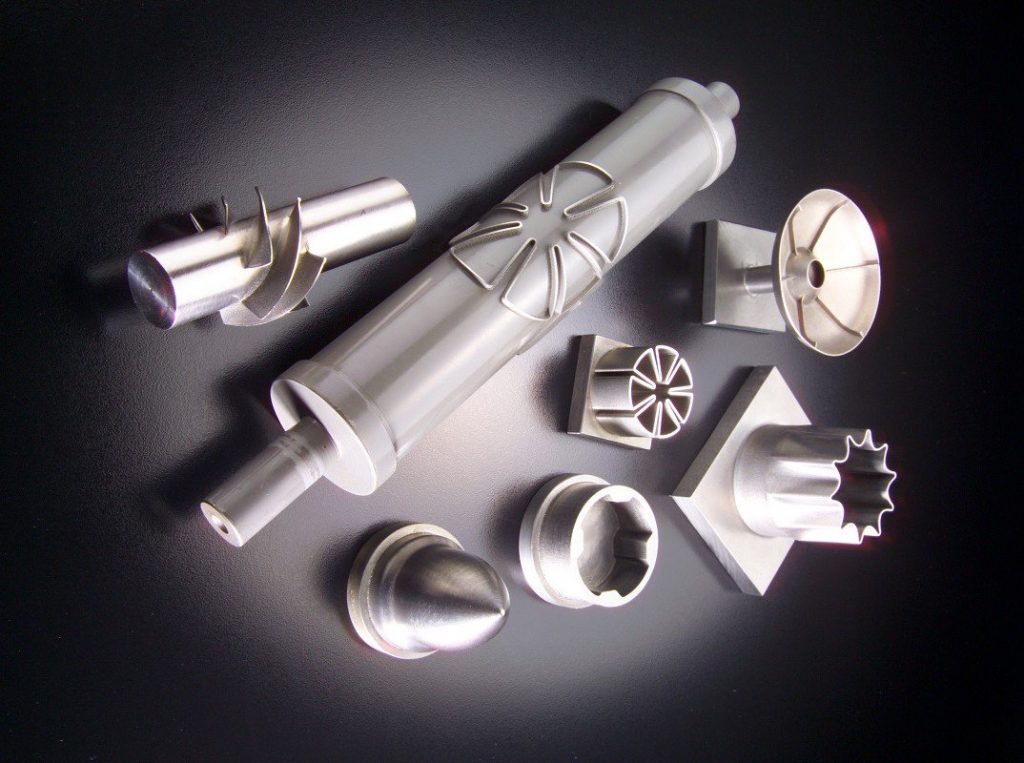Canadian metal 3D printing service bureau Burloak Technologies has signed a Memorandum of Understanding (MoU) with France’s Safran Landing Systems. The two companies will use DED technology to manufacture components of aircraft landing gear systems.
Peter Adams, President and co-founder of Burloak Technologies, said, “We are pleased to have been selected by Safran Landing Systems to work on this exciting project,”
“This collaboration will demonstrate the commercial viability and significant advantages of additive manufacturing compared to traditional processes for critical, large-format airframe components.”
In addition to this, Burloak has also partnered with the National Research Council of Canada (NRC), the largest governmental research organization in Canada. The agreement gives Burloak access to NRC’s patented research to develop a Directed Energy Deposition (DED) system.

Adopting metal 3D printing
Burloak Technologies is a subsidiary of Samuel, Son & Co., a leading metal manufacturer and supplier based in Mississauga, Canada.
In 2018, Burloak laid the foundation of Additive Manufacturing Center of Excellence, a $104 million facility due to open in Oakville this year. The company has already signed a deal with large-format metal 3D printer manufacturer Sciaky Inc., who will deliver the EBAM 110 electron beam (EB) system to Burloak’s Additive Manufacturing Center of Excellence.
To further facilitate the adoption of metal 3D printing in the aerospace industry, earlier this month Burloak established the AM-Works which offer customers design, production, and qualification options all under one roof.
With the help of NRC, the metal AM expert will expand its portfolio with the inclusion of a multi-axis DED-based system. On this collaboration, Adams, said, “We are pleased to have reached this agreement with the NRC and to collaborate on further development of the technology as we move towards its commercialization,”
“With its DED system, the NRC has developed a truly revolutionary technology that will allow us to deliver additive components with never-before-seen resolution, accuracy, speed and material choice along with superior material properties.”

3D printed landing gear
Safran has been using metal additive manufacturing for more than a decade and continues to expand its 3D printing capabilities. Recently, the aerospace company closed a deal with CFM International and GE Additive to manufacture LEAP engines, which include 3D printed fuel nozzle tips. Furthermore, Safran Helicopter Engines, a subsidiary of the Safran Group has also unveiled the Add+, a technology demonstration engine 30% of which is made using Selective Laser Sintering (SLS).
Now, in partnership with Burloak, Safran will 3D print landing gear components. A prototype of a generic brake sleeve made by the two partners is already on display at the ongoing Paris Air Show where Burloak Technologies is located at booth 20, hall 3 alongside Missouri Metals.
To learn more about additive manufacturing in aerospace and receive the latest from the Paris Air Show subscribe to our 3D printing newsletter. For live updates follow us on Facebook and Twitter.
Register at 3D Printing Jobs to receive job updates.
Featured image shows Boeing 787 Dreamliner landing gear designed and manufactured by Safran Landing Systems. Image via bnpix/Safran Landing Systems.


